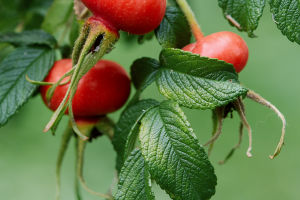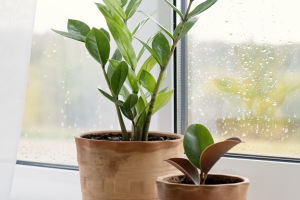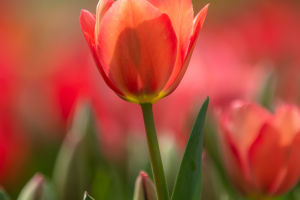
Fields of Dreams

Chinese terraced fields stand as enduring testaments to China's ancient agricultural heritage.
They embody millennia of agricultural wisdom and toil, serving as poignant symbols of China's farming civilization.
These terraces are not merely a cultivation method; they constitute entire ecosystems with cultural significance and ecological importance. This article delves into China's historical, cultural, and environmental dimensions of rice terraces.
The Historical Legacy of Terraced Fields
The history of terraced fields traces back to ancient China, finding its roots in the Spring and Autumn Period and the Warring States Period, spanning thousands of years.
The emergence of terraces parallels the advancement of human farming practices, representing a solution devised by ancient Chinese farmers to surmount the challenges posed by mountainous terrain and optimize the utilization of scarce arable land.
Related
 Fuchsia is a botanical masterpiece, its bell-shaped blooms adorn gardens with vibrant elegance and charm.
Fuchsia is a botanical masterpiece, its bell-shaped blooms adorn gardens with vibrant elegance and charm.
 Rosehips blend flavors, nutrients, and natural charm effortlessly.
Rosehips blend flavors, nutrients, and natural charm effortlessly.
 Malus Spectabilis thrives in various climates, providing aesthetic joy and economic value.
Malus Spectabilis thrives in various climates, providing aesthetic joy and economic value.
 The Money Tree, a revered symbol of wealth and prosperity, thrives in tropical regions, captivating homes and offices worldwide.
The Money Tree, a revered symbol of wealth and prosperity, thrives in tropical regions, captivating homes and offices worldwide.
 Tulips: more than just pretty flowers with diverse meanings and practical uses.
Tulips: more than just pretty flowers with diverse meanings and practical uses.
 Tulips: symbolize beauty, love, and culture, captivating hearts worldwide through their diverse charm and profound significance.
Tulips: symbolize beauty, love, and culture, captivating hearts worldwide through their diverse charm and profound significance.
Farmers ingeniously carved terraces into hillsides in the rugged landscapes of southern China, where mountains loom high, and land is scarce, gradually transforming the terrain into a mosaic of stepped fields.
This innovative farming technique maximized land utility and curtailed soil erosion, nurturing a sustainable ecological balance. Consequently, terraced agriculture garnered widespread adoption across regions.
The Cultural Tapestry Woven by Terraced Fields
Beyond their agricultural utility, Chinese terraced fields weave a rich cultural tapestry, often intertwined with the vibrant traditions of China's ethnic minorities.
These ethnic communities, entrenched in the regions adorned with terraces, have cultivated diverse cultural heritages through centuries of rural life. Thus, the terraces serve as living repositories of these indigenous cultures.

Terraced fields have transcended their agrarian function to become the muse of countless artists, poets, and literati throughout Chinese history.
Inspiring a plethora of literary and artistic expressions, these landscapes feature prominently in traditional Chinese literature, paintings, and poetry, encapsulating the ebb and flow of China's agricultural civilization and evoking profound humanistic sentiments.
The Ecological Splendor of Terraced Fields
In addition to their cultural resonance, Chinese rice terraces harbour immense ecological value. As bulwarks against soil erosion, these terraces safeguard fragile ecosystems, fostering biodiversity and ecological resilience.
Moreover, they contribute to microclimate regulation, modulating temperature and humidity levels across regions.
Terraced landscapes teem with diverse flora and fauna, sustaining a delicate ecological balance. Crops cultivated in these terraces nourish human populations and support thriving ecosystems, forming intricate food webs that sustain life within and beyond their confines.
Furthermore, terraced fields function as vital water and soil conservation zones, safeguarding precious natural resources and preserving ecological integrity.
Conclusion: Preserving a Cultural and Ecological Legacy
As custodians of China's ancient farming heritage, Chinese terraces epitomize a harmonious coexistence of human ingenuity and natural beauty.
Upholding and perpetuating this legacy is imperative not only for the preservation of China's agricultural traditions but also for fostering sustainable development.
Let us unite to safeguard and celebrate the splendour of Chinese terraced fields, ensuring a harmonious future where humanity and nature thrive.